Blue Oklahoma Granite
 Angola
(Lubango)
Angola
(Lubango)
Blue Oklahoma is a dark brown with dark blue flakes labdradorite granite quarried in Angola. This stone is especially good for Countertops, monuments, mosaic, exterior - interior wall and floor applications, fountains, pool and wall capping, stairs, window sills and other design projects. It also called Blue Oklahoma Granite,Oklahoma Blue Granite,Angola Blue Star,Labrador d`Angola,Blue in the Night,Midnight Blue,Metarocha Granite,Blues in The Night,Blue in The Night Granite,Blue Diamond Granite . Blue Oklahoma Granite can be processed into Polished, Sawn Cut, Sanded, Rockfaced, Sandblasted, Tumbled and so on.

Does lemon juice damage Blue Oklahoma Granite countertop?

Can I use sanitizer on Blue Oklahoma Granite?

What causes Blue Oklahoma Granite to crack?

Can I dry Blue Oklahoma Granite bath countertop with a hair dryer?

What stains more Blue Oklahoma Granite kitchen countertop?

Can Angola's Blue Oklahoma Granite be used exterior applications in very dusty climates?

Does sitting water stain Blue Oklahoma Granite bathroom top?

What is the physical properties of Blue Oklahoma Granite?

Are there color variations of Angola's Blue Oklahoma Granite?

Can I cut meat on Blue Oklahoma Granite countertop?

Does salt damage Blue Oklahoma Granite countertop?

Can I knead bread on Blue Oklahoma Granite countertop?

Will Blue Oklahoma Granite crack in the sun?

What grade is Angola's Blue Oklahoma Granite?

Can I put hot pans on Blue Oklahoma Granite countertop?

Which lasts longer quartz or Blue Oklahoma Granite?

How can I you keep Blue Oklahoma Granite floor shiny?

Is Blue Oklahoma Granite good for kitchen countertops?

Does soap damage Blue Oklahoma Granite bathroom top?

What is the coefficient of friction of Filled Angola's Blue Oklahoma Granite tiles?

How long does Blue Oklahoma Granite floor take to dry?

How thick is Angola's Blue Oklahoma Granite slabs?

Can I clean Blue Oklahoma Granite countertop with soap and water?

Which is better quartz or Blue Oklahoma Granite?

Can Angola's Blue Oklahoma Granite be used in a kitchen?

Can Angola's Blue Oklahoma Granite be used outdoors?

Does Blue Oklahoma Granite sparkle in the sun?

What happens if Blue Oklahoma Granite stair steps gets wet?

Is Blue Oklahoma Granite commercial countertop easy to maintain?

Can Angola's Blue Oklahoma Granite be used in landscaping?

Is Angola's Blue Oklahoma Granite an expensive stone?

How can I maintain Blue Oklahoma Granite countertops?
The request includes: 1. surface finished, size 2. quantity required






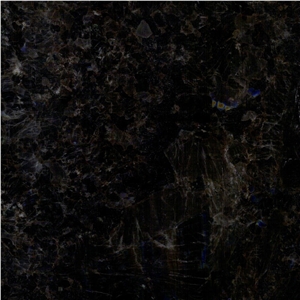
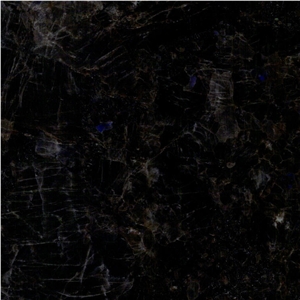

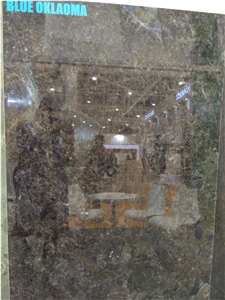
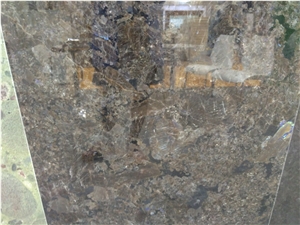
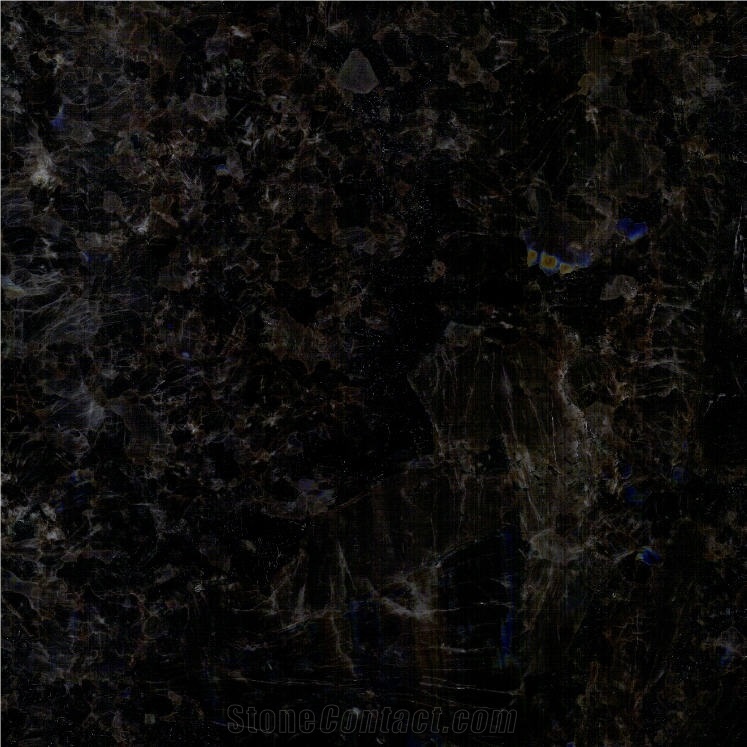
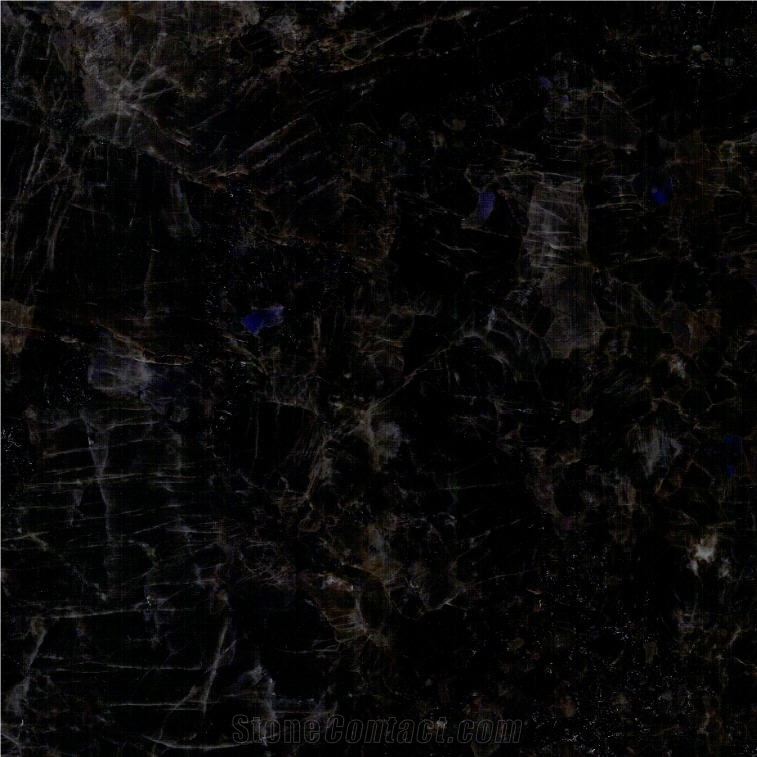

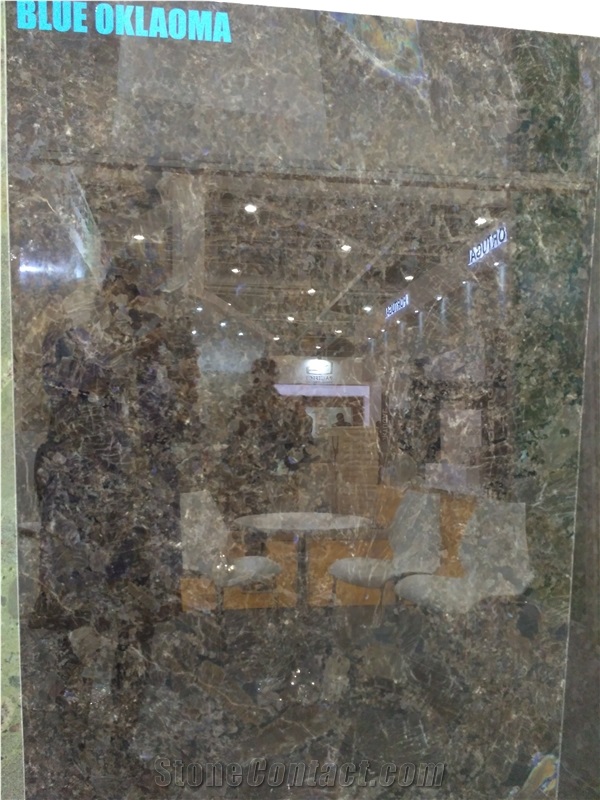
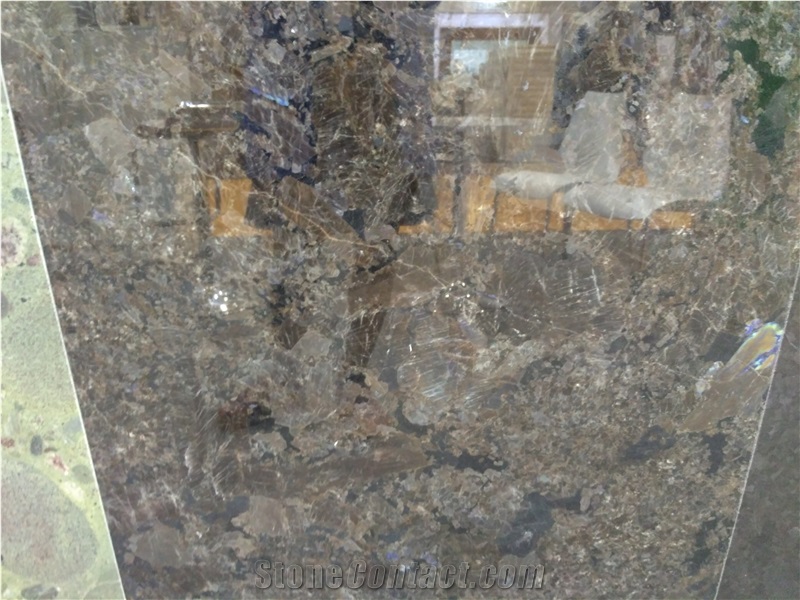

 Italy
Italy